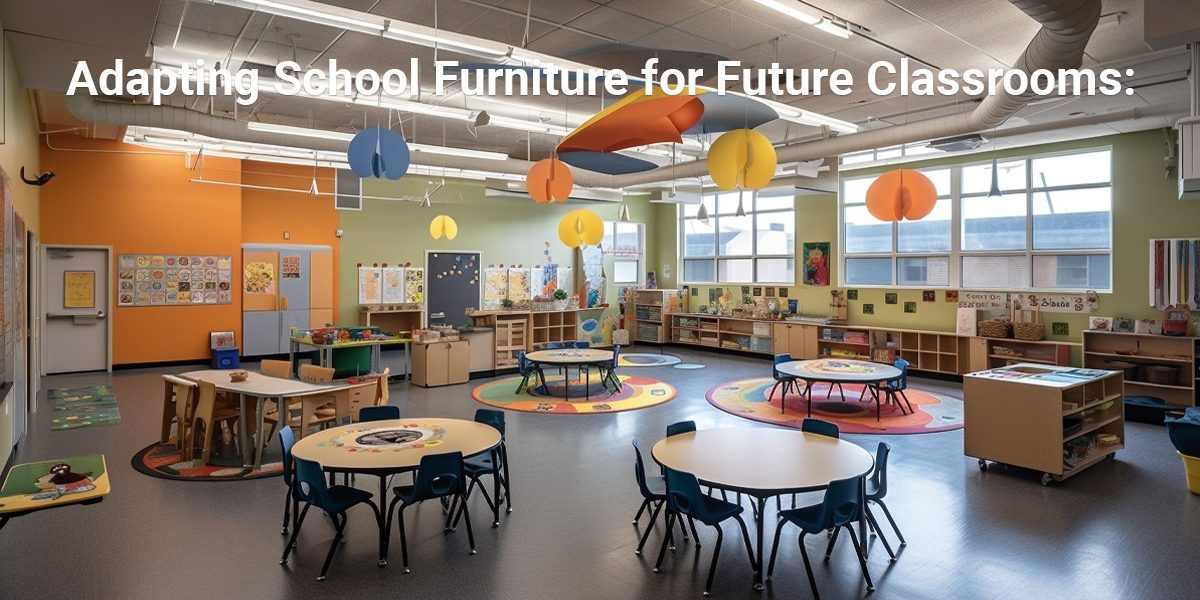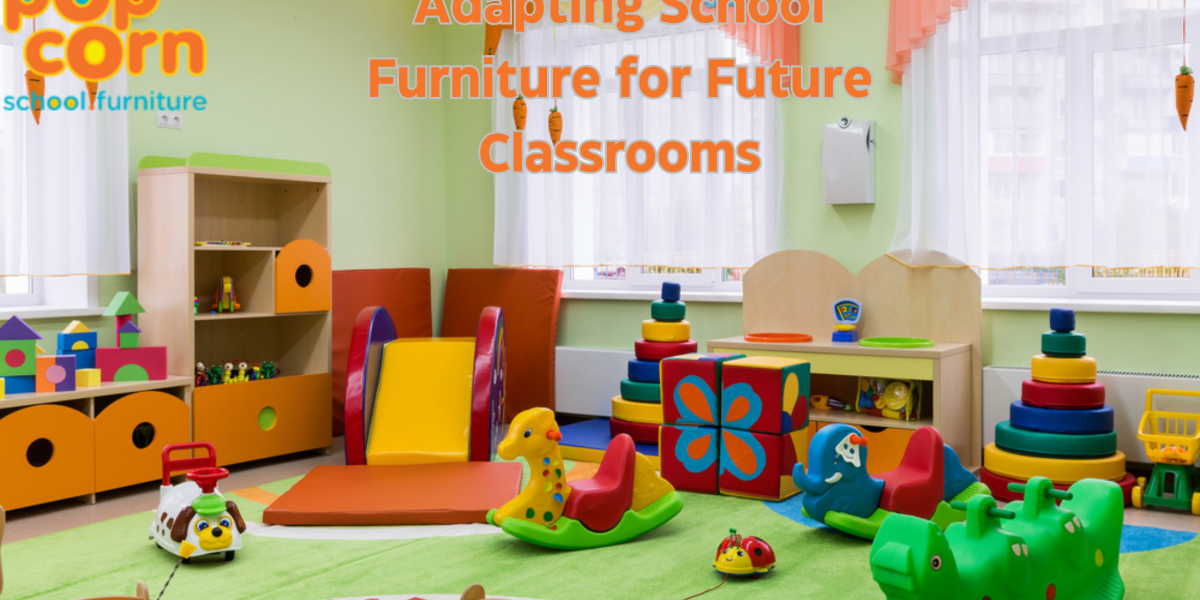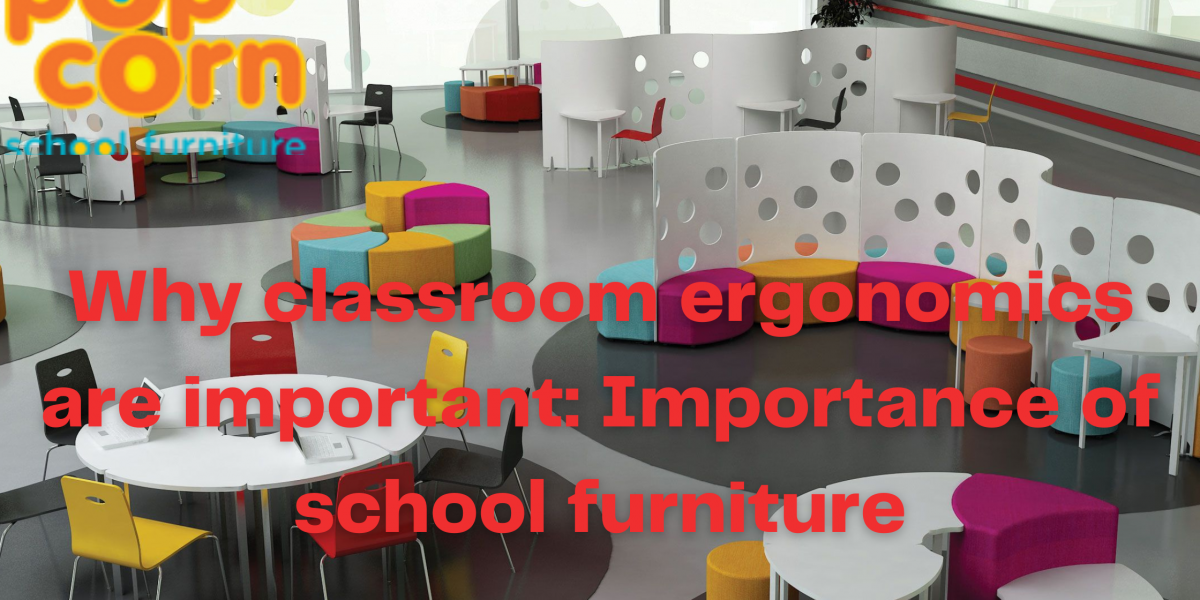
Flexible seating and classroom furniture gives students the option to control their physical domain in which they work best. In other words, with choices, students gain considerable flexibility and rule of their surroundings gives them the autonomy and comfort to stay engaged and focused. This leads to increased student engagement that often linked to higher motivation and academic performance followed by improved overall behavior.
Flexible classroom furniture and seating also opens the space for increased cooperation among students. Teamwork permit for more creativity and classroom discussions since students can easily work in pairs or small groups.
Different types of furniture in the classroom:
- School chairs
- Student Desks
- Classroom storage
- Meeting tables
- School tables
- Book Carts
- Flexible Seating
- Teacher desk
How Flexible Furniture improve Student Engagement:
Choice: Students feel empowered with some degree of choice and control over their environment. Flexible seating permit students to choose where they work and with whom. It allows them to change their location and positions as needed.
Physical Health: Children need to move. Flexible seating permits them to rock, bounce, lean or stand which improve oxygen flow to the brain, blood flow and core strength. In turn, this burns more calories and increases metabolism. It also helps to keep young minds more alert and focused.
Comfort: An uncomfortable student is a confused and unproductive student. Flexible seating motivates the students to find their best spot to stay calm, focused and productive. There is no finer way to show your support for a student-centered classroom, than creating a classroom from a child’s point of view.” comfortable students are engaged students.
Community: Traditional desks can make students territorial or control over their space and supplies. Flexible seating encourages students to share both. And, it stimulates them to take turns in different locations and with different seating options.
Collaboration: Flexible seating permit the students to speedily and easily pair up, work in small groups, or discuss as a whole class without moving mountains of heavy tables to start eye contact. Classroom domine should be beneficial to open collaboration, communication, creativity, and critical thinking. This directly cannot be done when kids are sitting in rows of desks all day.
Communication: No one is naive sufficient to trust that flexible seating simply occurs. Up front, the teacher must begin some new classroom management tools. That includes creating a system to make seating choice fair and non disruptive. It also needs introducing higher order thinking skills, like problem-solving and emotional skills, like conflict resolution. There’s also much value in fostering turn-taking and patience especially for a generation of kids immersed in instant satisfaction.
Sensory Input: Many flexible seating options energizing student’s sense of touch. This stimulation helps the student focus and process information. Sensory input is mainly helpful for students with ADHD, ADD, and ASD.
Fun: Flexible seating helps make learning fun. At this year’s parent-teacher conferences, all of the parents express that their child has a completely dissimilar attitude about school now. The kids love coming to school and learning.
Conclusion:
Students physical environment greatly influence their performance and state of mind. An appropriate environment can boost students’ concentration and inspire their creativity. It can help the educator to bring about much better results, and enhance student engagement in the classroom that will boost their overall academic performance.



